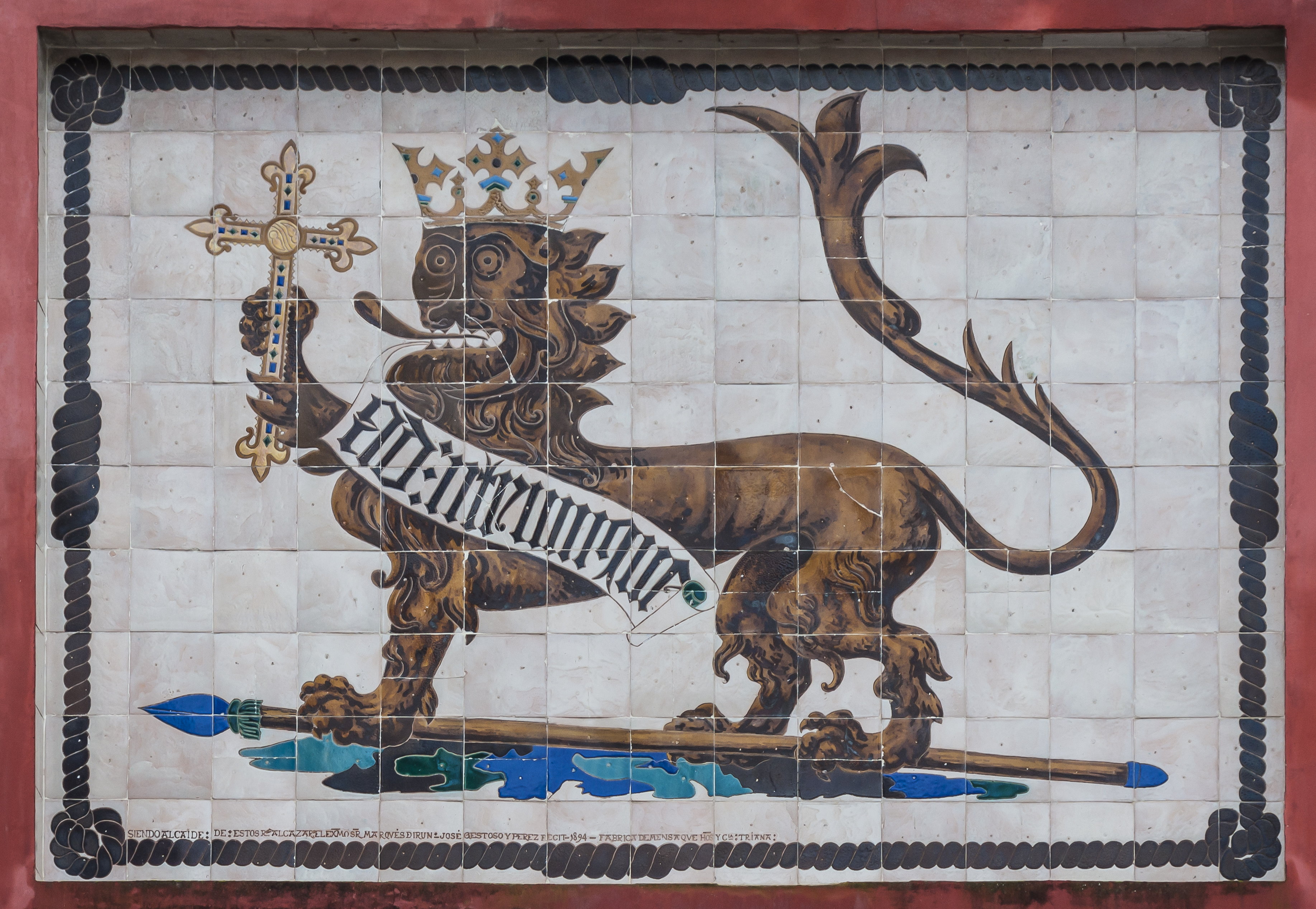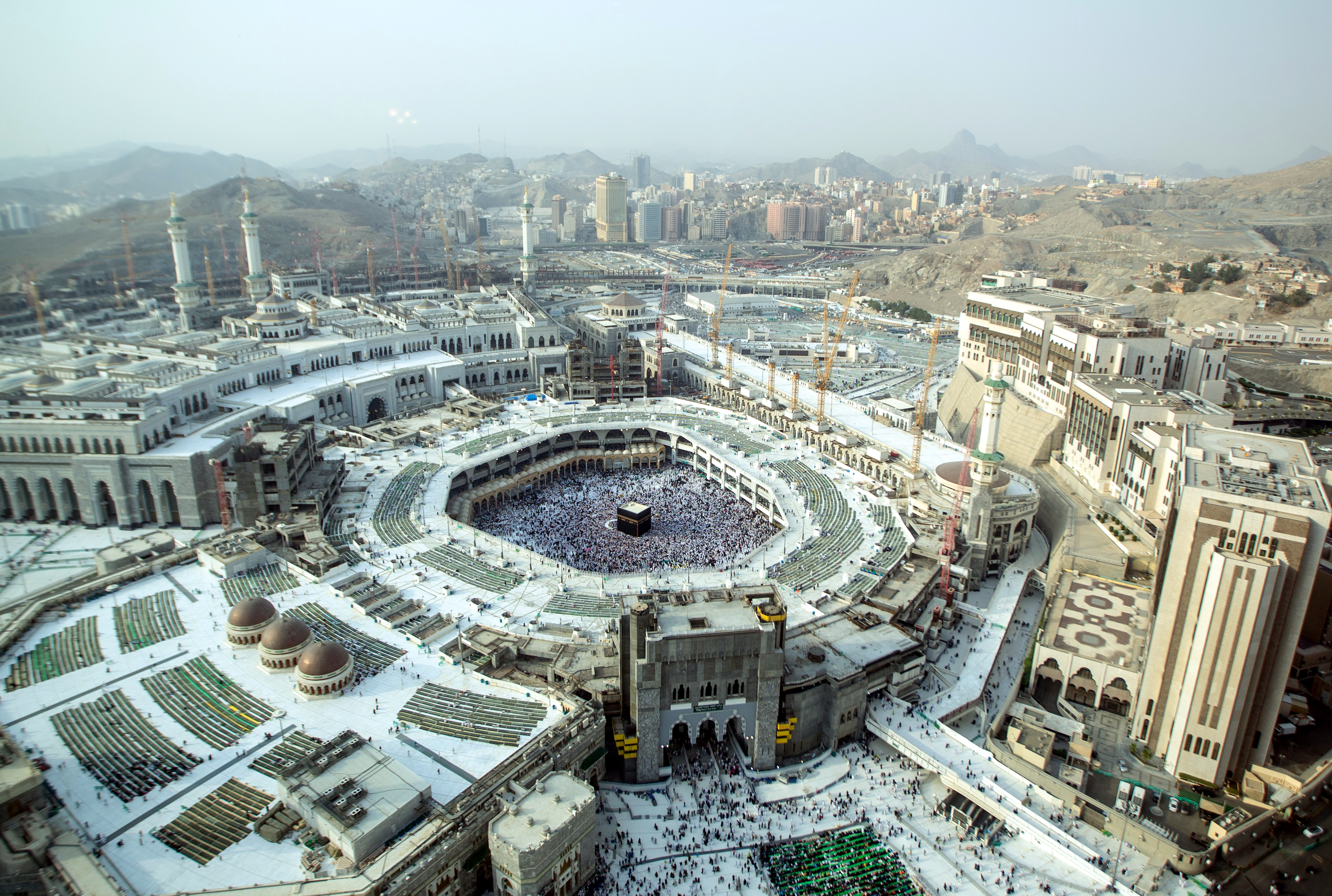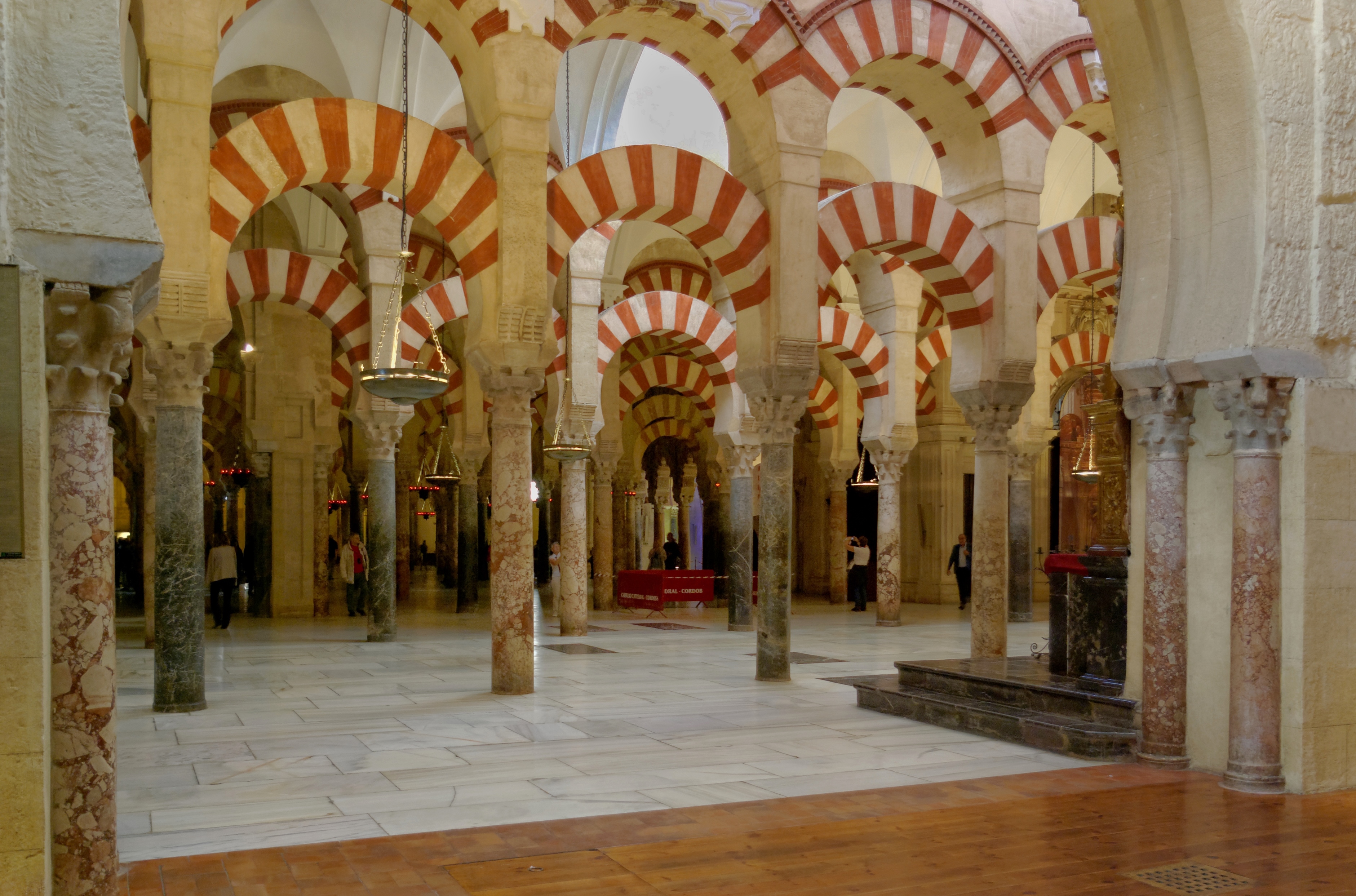|
Alcázar Of Seville
The Alcázar of Seville, officially called Royal Alcázar of Seville (), is a historic royal palace in Seville, Spain. It was formerly the site of the Al-Andalus, Islamic-era citadel of the city, begun in the 10th century and then developed into a larger palace complex by the Abbadid dynasty (11th century) and the Almohad Caliphate, Almohads (12th to early 13th centuries). After the Crown of Castile, Castilian conquest of the city in 1248, the site was progressively rebuilt and replaced by new palaces and gardens. Among the most important of these is a richly decorated Mudéjar art, Mudéjar-style palace built by Peter of Castile, Pedro I during the 1360s. The palace is a preeminent example of Mudéjar style in the Iberian Peninsula and also includes sections with Gothic architecture, Gothic and Renaissance architecture, Renaissance elements. The upper stories of the Alcázar are still occupied by the Spanish royal family, royal family when they visit Seville and are administered ... [...More Info...] [...Related Items...] OR: [Wikipedia] [Google] [Baidu] |
Alcázar
An ''alcázar'', from Arabic ''al-Qasr'', is a type of Islamic castle or palace in Spain built during Al-Andalus, Muslim rule between the 8th and 15th centuries. They functioned as homes and regional capitals for governmental figures throughout the Umayyad Caliphate, Umayyad caliphate and later for Christian rulers following the Iberian Reconquista. The term alcázar is also used for many medieval castles built by Christians on earlier Roman, Visigothic or Islamic fortifications and is frequently used as a synonym for ''castillo'' or castle. In Latin America there are also several colonial palaces called ''alcázars''. Terminology The Spanish language, Spanish word () derives from the Arabic word 'the fort/castle/palace', that in turn derives from the Latin word ('fortress', 'military camp'). Similar words exist in Galician language, Galician (, ), Portuguese language, Portuguese (, ), and Catalan language, Catalan (, ). Spain also has Muslim citadels known as ''alcazabas' ... [...More Info...] [...Related Items...] OR: [Wikipedia] [Google] [Baidu] |
Seville
Seville ( ; , ) is the capital and largest city of the Spain, Spanish autonomous communities of Spain, autonomous community of Andalusia and the province of Seville. It is situated on the lower reaches of the Guadalquivir, River Guadalquivir, in the southwest of the Iberian Peninsula. Seville has a municipal population of about 701,000 , and a Seville metropolitan area, metropolitan population of about 1.5 million, making it the largest city in Andalusia and the List of metropolitan areas in Spain, fourth-largest city in Spain. Its old town, with an area of , contains a UNESCO World Heritage Site comprising three buildings: the Alcázar of Seville, Alcázar palace complex, the Seville Cathedral, Cathedral and the General Archive of the Indies. The Seville harbour, located about from the Atlantic Ocean, is the only river port in Spain. The capital of Andalusia features hot temperatures in the summer, with daily maximums routinely above in July and August. Seville was founded ... [...More Info...] [...Related Items...] OR: [Wikipedia] [Google] [Baidu] |
Siege Of Seville
The siege of Seville (July 1247 – November 1248) was a 16-month successful investment during the ''Reconquista'' of Seville by forces of Ferdinand III of Castile. Although perhaps eclipsed in geopolitical importance by the rapid capture of Córdoba in 1236, which sent a shockwave through the Muslim world, the siege of Seville was nonetheless the most complex military operation undertaken by Fernando III. It is also the last major operation of the Early Reconquista. The operation also marked the appearance of indigenous naval forces of Castile-León of military significance. In effect, Ramón de Bonifaz was the first admiral of Castile, although he never held an official title of that kind. Background In 1246, after the conquest of Jaén, Seville and Granada were the only major cities in the Iberian Peninsula that had not acquiesced to Christian suzerainty. Of the two, Granada would remain semi-independent until 1492. Siege During the summer of 1247, Castilian armies isol ... [...More Info...] [...Related Items...] OR: [Wikipedia] [Google] [Baidu] |
Palacio Gótico 001
Palacio (''palace'') is a Spanish habitational name. It may have originated from many places in Spain, especially in Galicia and Asturias. Notable people with the surname include: *Agustina Palacio de Libarona (1825–1880), Argentine writer, storyteller, heroine *Alberto Palacio, engineer *Alfredo Palacio (1939–2025), Ecuadorian cardiologist and politician, president of Ecuador (2005–2007) *Andy Palacio, Belizean musician *Emilio Palacio, Ecuadorian journalist *Ernesto Palacio, opera singer *Héctor Palacio, Colombian road racing cyclist *Milt Palacio, basketball player * R. J. Palacio, American writer of the 2012 children's novel ''Wonder'' *Rodrigo Palacio Rodrigo Sebastián Palacio Alcalde (; born 5 February 1982) is an Argentine professional basketball player and former association football, footballer who played as a second striker. He is the son of José Ramón Palacio, a historic player of C ..., footballer See also * Palacios (other) References {{s ... [...More Info...] [...Related Items...] OR: [Wikipedia] [Google] [Baidu] |
Congregational Mosque
A congregational mosque or Friday mosque (, ''masjid jāmi‘'', or simply: , ''jāmi‘''; ), or sometimes great mosque or grand mosque (, ''jāmi‘ kabir''; ), is a mosque for hosting the Friday noon prayers known as ''Friday prayer, jumu'ah''.See: * * * * * * * * * It can also host the Eid prayers in situations when there is no ''musalla'' or ''eidgah'' available nearby to host the prayers. In early History of Islam, Islamic history, the number of congregational mosques in one city was strictly limited. As cities and populations grew over time, it became more common for many mosques to host Friday prayers in the same area. Etymology The full Arabic term for this kind of mosque is ''masjid jāmi‘'' (), which is typically translated as "mosque of congregation" or "congregational mosque". "Congregational" is used to translate ''jāmi‘'' (), which comes from the Arabic Semitic root, root "ج - م - ع" which has a meaning ‘to bring together’ or ‘to unify’ (verbal for ... [...More Info...] [...Related Items...] OR: [Wikipedia] [Google] [Baidu] |
Abu Yaqub Yusuf
Abu Ya‘qub Yusuf or Yusuf I ( ''Abū Ya‘qūb Yūsuf''; 1135 – 14 October 1184) was the second Almohad ''Amir'' or caliph. He reigned from 1163 until 1184 in Marrakesh. He was responsible for the construction of the Giralda in Seville, which was part of a new grand mosque. He was a keen student of philosophy and patron of Averroes. Life Yusuf was the son of Abd al-Mu'min, the first caliph of the Almohad dynasty. His mother was Safiyya bint Abi Imran, a Masmuda woman from Tinmel, the daughter of Abu Imran Musa ibn Sulayman al-Kafif, a companion of Ibn Tumart. Yusuf supported the Almohad doctrine and, like his predecessors, favored the literalist Zahiri school of Islamic jurisprudence and was a religious scholar in his own right. He was said to have memorized by heart ''Sahih Bukhari'' and ''Sahih Muslim'', two collections of Muhammad's statements considered canonical in Sunni Islam and was a patron of the theologians of his era. Respected men of letters such as Ibn Rush ... [...More Info...] [...Related Items...] OR: [Wikipedia] [Google] [Baidu] |
Al-Mu'tamid Ibn Abbad
al-Muʿtamid Muḥammad ibn ʿAbbād al-Lakhmī (; reigned c. 1069–1091, lived 1040–1095), also known as Abbad III, was the third and last ruler of the Taifa of Seville in Al-Andalus, as well as a renowned poet. He was the final ruler of the Arab Abbadid dynasty of Seville, before being deposed by the Almoravids in 1091. Early life When he was 13 years old, Al-Mu'tamid's father bestowed on him the title of Emir and appointed the Andalusi Arabic poet Ibn Ammar as his vizier. However, Al-Mu'tamid fell strongly under the influence of Ibn Ammar. Al-Mu’tamid's father was wary of Ibn Ammar and the influence he had, ultimately sending him into exile. Reign After the death of his father Abbad II al-Mu'tadid in 1069, Al-Mu'tamid inherited Seville as caliph. One of his first acts was to recall Ibn Ammar and to bestow military honours and high political offices on him, including as Governor of Silves and Prime Minister of the government in Seville. This reconciliation woul ... [...More Info...] [...Related Items...] OR: [Wikipedia] [Google] [Baidu] |
Taifa
The taifas (from ''ṭā'ifa'', plural ''ṭawā'if'', meaning "party, band, faction") were the independent Muslim principalities and kingdoms of the Iberian Peninsula (modern Portugal and Spain), referred to by Muslims as al-Andalus, that emerged from the decline and fall of the Umayyad Caliphate of Córdoba between 1009 and 1031. They were a recurring feature of al-Andalus history. The ''taifas'' were eventually incorporated by the Almoravid dynasty in the late 11th century and, on its collapse, many ''taifas'' re-appeared only to be incorporated by the Almohad Caliphate. The fall of the Almohads resulted in a flourishing of the ''taifas'', and this was the case despite constant warfare with Christian kingdoms. Taifa kings were wary of calling themselves "kings", so they took the title of ''hajib'', presenting themselves as representatives for a temporarily absent caliph. The ''taifa'' courts were renowned centres of cultural excellence in which poets, scientists, and othe ... [...More Info...] [...Related Items...] OR: [Wikipedia] [Google] [Baidu] |
Visigoth
The Visigoths (; ) were a Germanic people united under the rule of a king and living within the Roman Empire during late antiquity. The Visigoths first appeared in the Balkans, as a Roman-allied barbarian military group united under the command of Alaric I. Their exact origins are believed to have been diverse but they probably included many descendants of the Thervingi who had moved into the Roman Empire beginning in 376 and had played a major role in defeating the Romans at the Battle of Adrianople in 378. Relations between the Romans and Alaric's Visigoths varied, with the two groups making treaties when convenient, and warring with one another when not. Under Alaric, the Visigoths invaded Italy and sacked Rome in August 410. The Visigoths were subsequently settled in southern Gaul as ''foederati'' to the Romans, a relationship that was established in 418. This developed as an independent kingdom with its capital at Toulouse, and they extended their authority into Hisp ... [...More Info...] [...Related Items...] OR: [Wikipedia] [Google] [Baidu] |
Abd Al-Rahman III
ʿAbd al-Raḥmān ibn Muḥammad ibn ʿAbd Allāh ibn Muḥammad ibn ʿAbd al-Raḥmān ibn al-Ḥakam al-Rabdī ibn Hishām ibn ʿAbd al-Raḥmān al-Dākhil (; 890–961), or simply ʿAbd al-Raḥmān III, was the Umayyad Emir of Córdoba from 912 to 929, at which point he founded the Caliphate of Córdoba, serving as its first caliph until his death. Abd al-Rahman won the ''laqab'' (sobriquet) () in his early 20s when he supported the Maghrawa Berbers in North Africa against Fatimid expansion and later claimed the title of Caliph for himself. His half-century reign was known for its religious tolerance. Life Early years Lineage and appearance Abd al-Rahman was born in Córdoba, on 18 December 890. His year of birth is also given as 889 and 891. He was the grandson of Abdullah ibn Muhammad al-Umawi, seventh independent Umayyad emir of al-Andalus. His parents were Abdullah's son Muhammad and Muzna (or Muzayna), a Christian concubine. His paternal grandmother was also a ... [...More Info...] [...Related Items...] OR: [Wikipedia] [Google] [Baidu] |
Caliphate
A caliphate ( ) is an institution or public office under the leadership of an Islamic steward with Khalifa, the title of caliph (; , ), a person considered a political–religious successor to the Islamic prophet Muhammad and a leader of the entire Muslim world (''ummah''). Historically, the caliphates were polities based on Islam which developed into multi-ethnic trans-national empires. During the medieval period, three major caliphates succeeded each other: the Rashidun Caliphate (632–661), the Umayyad Caliphate (661–750), and the Abbasid Caliphate (750–1517). In the fourth major caliphate, the Ottoman Caliphate, the rulers of the Ottoman Empire claimed caliphal authority from 1517 until the Ottoman caliphate was Abolition of the Caliphate, formally abolished as part of the Atatürk's reforms, 1924 secularisation of Turkey. An attempt to preserve the title was tried, with the Sharifian Caliphate, but this caliphate fell quickly after its conquest by the Sultanate o ... [...More Info...] [...Related Items...] OR: [Wikipedia] [Google] [Baidu] |
Umayyad Caliphate
The Umayyad Caliphate or Umayyad Empire (, ; ) was the second caliphate established after the death of the Islamic prophet Muhammad and was ruled by the Umayyad dynasty. Uthman ibn Affan, the third of the Rashidun caliphs, was also a member of the clan. The family established dynastic, hereditary rule with Mu'awiya I, the long-time governor of Bilad al-Sham, Greater Syria, who became caliph after the end of the First Fitna in 661. After Mu'awiya's death in 680, conflicts over the succession resulted in the Second Fitna, and power eventually fell to Marwan I, from another branch of the clan. Syria remained the Umayyads' main power base thereafter, with Damascus as their capital. The Umayyads continued the Early Muslim conquests, Muslim conquests, conquering Ifriqiya, Transoxiana, Sind (caliphal province), Sind, the Maghreb and Hispania (al-Andalus). At its greatest extent (661–750), the Umayyad Caliphate covered , making it one of the largest empires in history in terms of ar ... [...More Info...] [...Related Items...] OR: [Wikipedia] [Google] [Baidu] |






